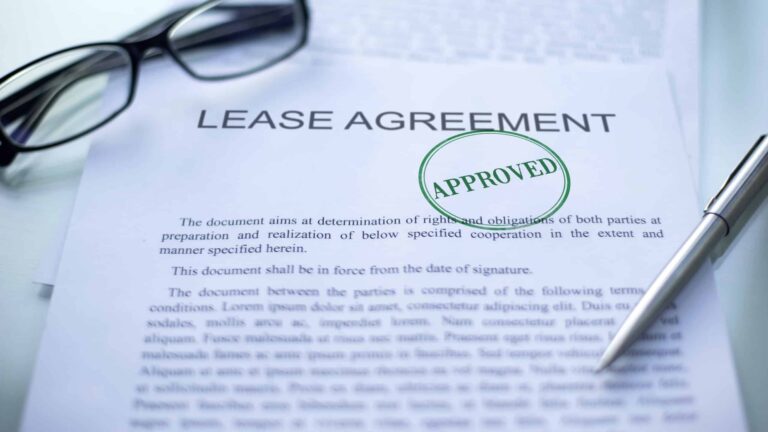The Financial Accounting Standards Board (FASB) recently voted to update its lease accounting standards, known as Accounting Standards Codification (ASC) 842, Leases through release of an Accounting Standards Update (ASU). This ASU will be applicable to all private entities with common control leasing arrangements that might contain or actually be a lease.
Whether you’re looking forward to understanding how these new rules affect your current operations or hoping to learn more about what this might mean going forward, the following is an overview of the pending ASU and how it will impact entities with common control leasing arrangements.
What Is ASC 842?
ASC 842, also known as Topic 842, is a set of rules created by the FASB to improve the way companies report leases in their financial statements, provide greater transparency and make it easier for financial statement users to understand leased assets and their associated liabilities.
Under ASC 842, companies must recognize all leases longer than 12 months as assets and liabilities on the balance sheets. Prior to ASC 842, companies could classify certain leases as “operating leases,” which weren’t capitalized on the balance sheet and thus were excluded from many financial analysis ratios. Now, all organizations that follow generally accepted accounting principles (GAAP) must categorize all leases as both liabilities and right-of-use assets—the same way capital leases under ASC 840 have always been recorded.
ASC 842 doesn’t just apply to real estate. Leased assets can also include computers, vehicles, heavy equipment, communication equipment, and more. They can also be embedded into service and usage contracts, making them difficult to identify.
Public companies have been subject to the new standard since the beginning of 2019, but private companies that issue GAAP-basis financial statements have been subject to ASC 842 for fiscal years beginning after Dec. 15, 2021.
Updates to ASC 842
The update to ASC 842 for entities with common control leasing arrangements are narrowly targeted and focus on two main areas: (1) legally enforceable terms and conditions of the lease and (2) clarification as to the accounting treatment of leasehold improvements under common control leases. They should reduce legal and compliance costs for companies that issue GAAP-basis financial statements.
Let’s look into each of these updates in detail.
Issue 1: Legally Enforceable Terms and Conditions
The first update to ASC 842 relieves not-for-profit organizations and private entities of the obligation to determine whether the terms and conditions of a lease are enforceable when the lease is between commonly controlled entities.
Currently, ASC 842 requires a complex analysis to determine whether an enforceable lease exists as part of a control arrangement. Due to the complex nature of related party transactions, it can typically be difficult to identify enforceable rights and obligations in common control leases.
Under the update, a private company (including a private not-for-profit) could elect a practical expedient to use the written terms and conditions of the common control leasing arrangement in determining if a lease exists. The practical expedient is electable on a lease-by-lease basis. This update, however, does not apply to situations where there are no written terms and conditions for lease between entities under common control.
Issue 2: Improvements to Leasehold Improvement Accounting Under a Common-Control Lease
The second change to ASC 842 will impact all companies, as it affects how organizations treat leasehold improvements made to a property under common control leases.
Prior to the update, leasehold improvements were required to be amortized over the useful life of the improvement or the lease term, whichever was shorter. The update will allow companies to amortize the improvements over the useful life of the improvements without consideration of the lease terms as long as the common control lease group uses the property throughout the life of the lease.
Timeline for Updates
The updates to ASC 842 are currently on track to be effective for fiscal years beginning after Dec. 15, 2023, including interim periods within those fiscal years, and early adoption will be permitted once the ASU is issued in its final form.
The ASU is a welcome development for companies that have been struggling to move forward with common control leases. However, while FASB has provided a slightly easier road toward compliance, lease accounting is still a notoriously complicated topic. If you need help getting up to speed with ASC 842 or navigating any other financial reporting challenges, our team of skilled and knowledgeable experts is available to provide reliable insight and support throughout your journey. For more information, contact your Windham Brannon advisor today, or reach out to Bobby Vercoe.



